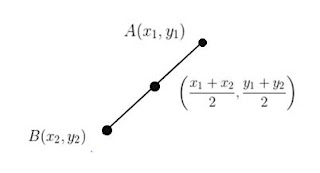Configurare Progetto SDL 2.0 per Windows (Visual Studio)
Download su https://www.libsdl.org/ Development Libraries: SDL2-devel-2.0.12-VC.zip (Visual C++ 32/64-bit) Estrarre contenuto in cartella di sviluppo (es. c:\DEV) rinominandola (es. c:\DEV\SDL2)


